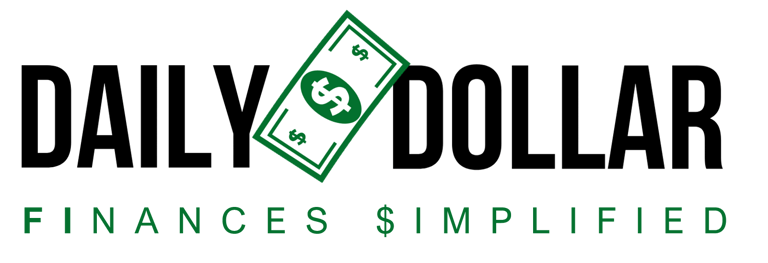Safeguarding Your Finances: The Power of Insurance
Daily Dollar
2 min read


Insurance serves as a financial shield, safeguarding you from unpredictable life events that can drain your resources. By delving into the specifics of various insurance types, we can understand how to fortify our financial lives better. Let's examine each type in more depth.
Health Insurance
The cost of medical care can be financially crippling without health insurance. For instance, consider the cost of a simple broken leg, which can run into thousands of dollars. Health insurance policies generally cover doctor visits, hospital stays, and medications. Some even cover preventive care, like vaccinations and health screenings.
There are different types of health insurance plans, including:
- Employer-sponsored plans: These are typically provided as part of your benefits package at work.
- Individual market plans: You can purchase these plans on your own through the Health Insurance Marketplace during the annual Open Enrollment period or a Special Enrollment period if you qualify.
- Government programs: These include Medicare (for seniors) and Medicaid (for low-income individuals and families).
Life Insurance
Imagine a scenario where the primary breadwinner in a family passes away unexpectedly. Without life insurance, the family could be faced with an immediate financial crisis. Life insurance is designed to provide a safety net in such scenarios. There are two primary types:
- Term life insurance: This is coverage for a specified term, typically 10, 20, or 30 years. It's a cost-effective way to get the maximum coverage, but it doesn't build cash value.
- Permanent life insurance: This includes whole, universal, and variable life insurance. These policies provide lifelong coverage and have a cash value component.
Disability Insurance
Picture a carpenter who sustains a hand injury that prevents him from working for several months. Without disability insurance, he would have to dip into his savings or rely on others. Disability insurance replaces a portion of your income during such times. There are two main types:
- Short-term disability insurance: This replaces a portion of your income for a few months up to a year.
- Long-term disability insurance: This kicks in after the short-term coverage expires and can last until retirement age in some cases.
Homeowner's or Renter's Insurance
Imagine a fire in your home that destroys your belongings or a break-in where valuables are stolen. Homeowner's insurance protects homeowners from such losses. On the other hand, renter's insurance covers a renter's belongings and provides liability protection.
Auto Insurance
If you were involved in a car accident that was your fault, you could be liable for the other party's medical bills and car repairs. Auto insurance can cover these costs. It typically includes:
- Liability insurance: This covers damages you cause to others.
- Collision coverage: This pays for damage to your car from an accident.
- Comprehensive coverage: This covers non-collision-related damage to your car, like theft or natural disasters.
Long-Term Care Insurance
Consider the high cost of a nursing home or in-home care services for seniors. Long-term care insurance helps cover these costs, protecting your retirement savings from being rapidly depleted.
Umbrella Insurance
Suppose you're involved in a car accident, and the medical bills for the injured party exceed the limit of your auto insurance liability coverage. Umbrella insurance would cover the excess amount, protecting your assets from a potential lawsuit.
Insurance is more than just a monthly bill; it's a critical component of a comprehensive financial plan. It's essential to consult with an insurance professional to ensure your coverage meets your unique needs and circumstances. By doing so, you can navigate life's uncertainties with a greater sense of financial confidence.
The mission of Daily Dollar Finances is to help provide simple and actionable steps towards achieving financial independence, one day at a time.
Some content on our site may include affiliate links in which we may receive compensation if you click on them, at no cost to you.
© 2023 Daily Dollar Finances. All Rights Reserved.
